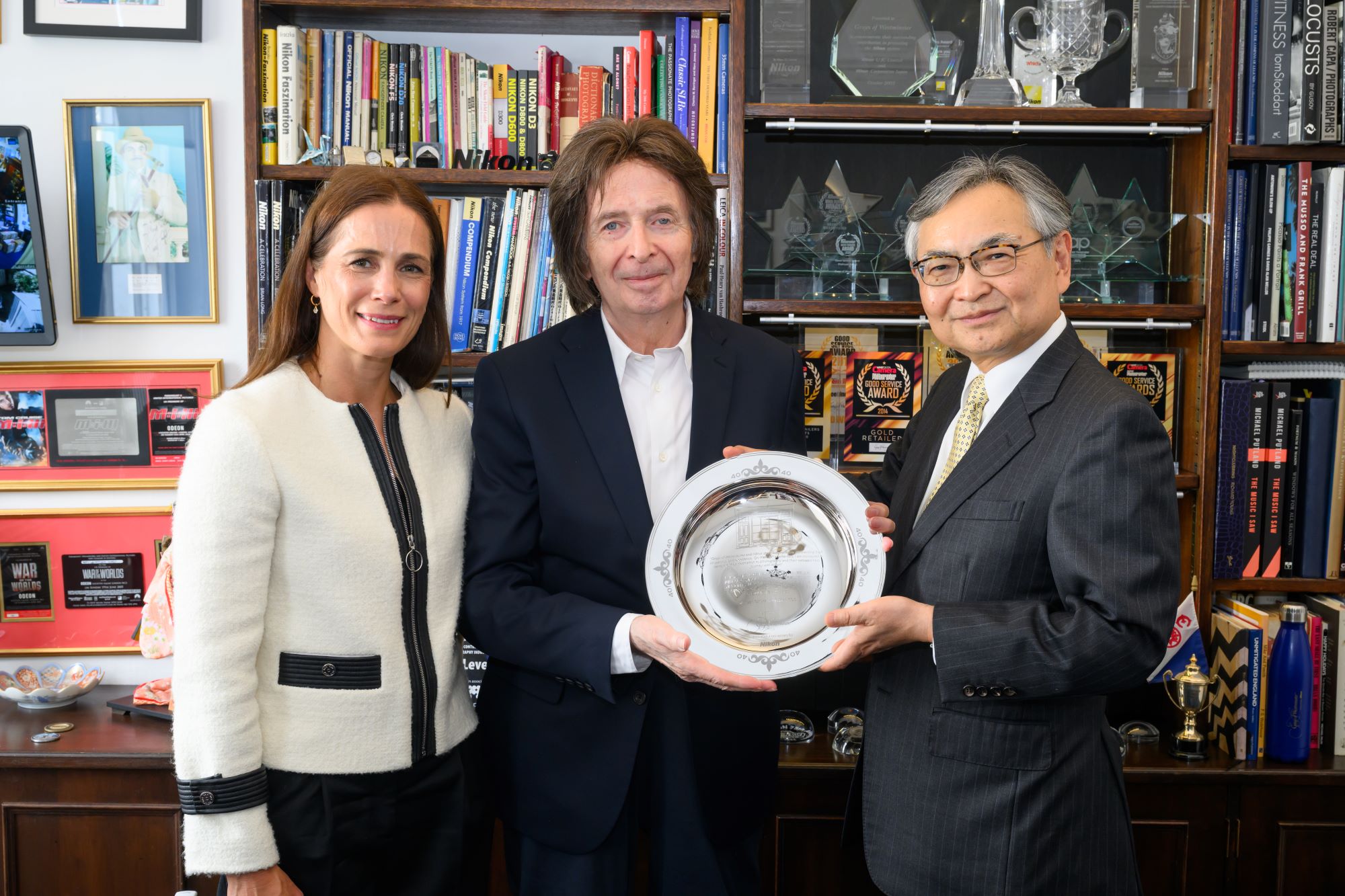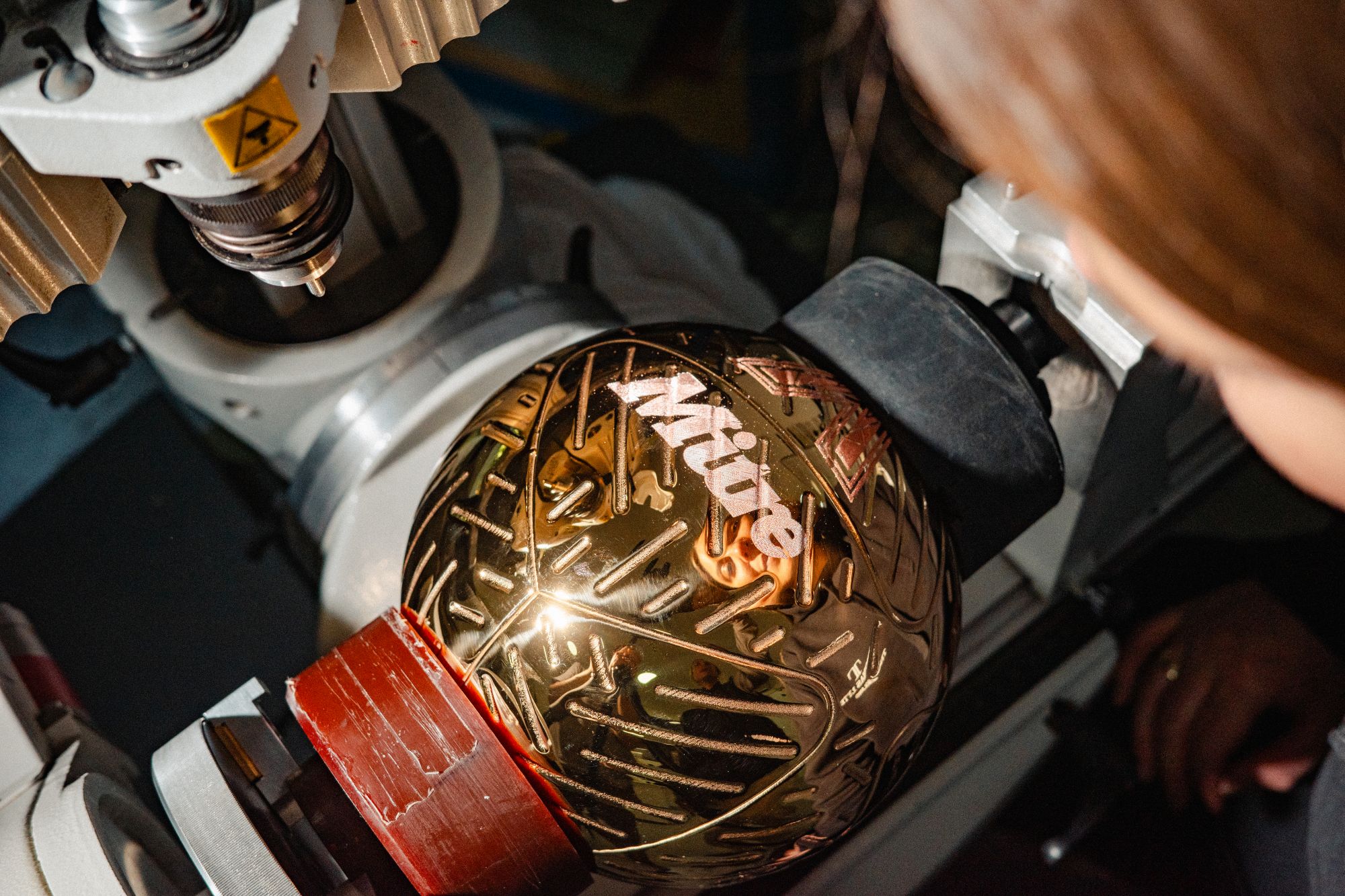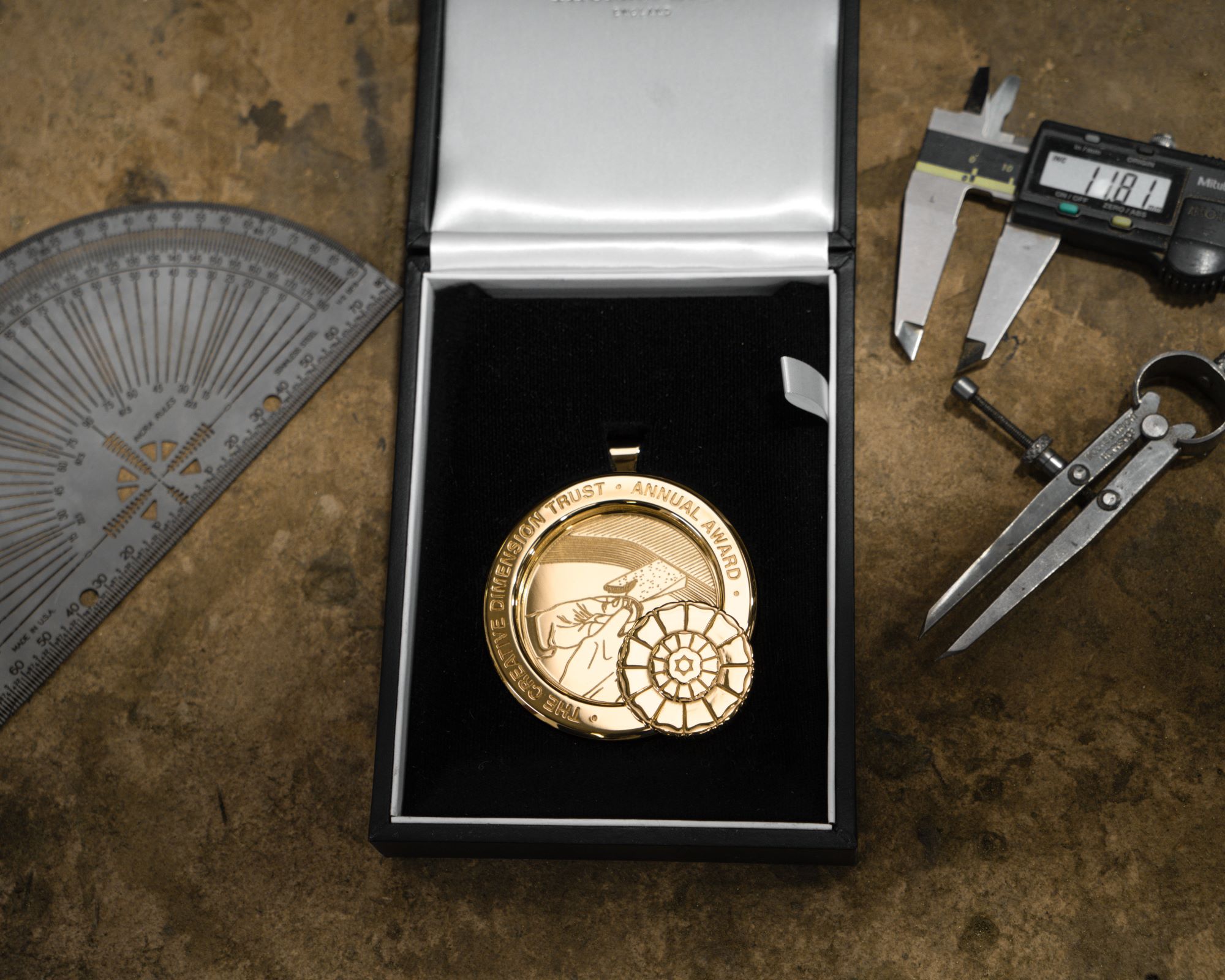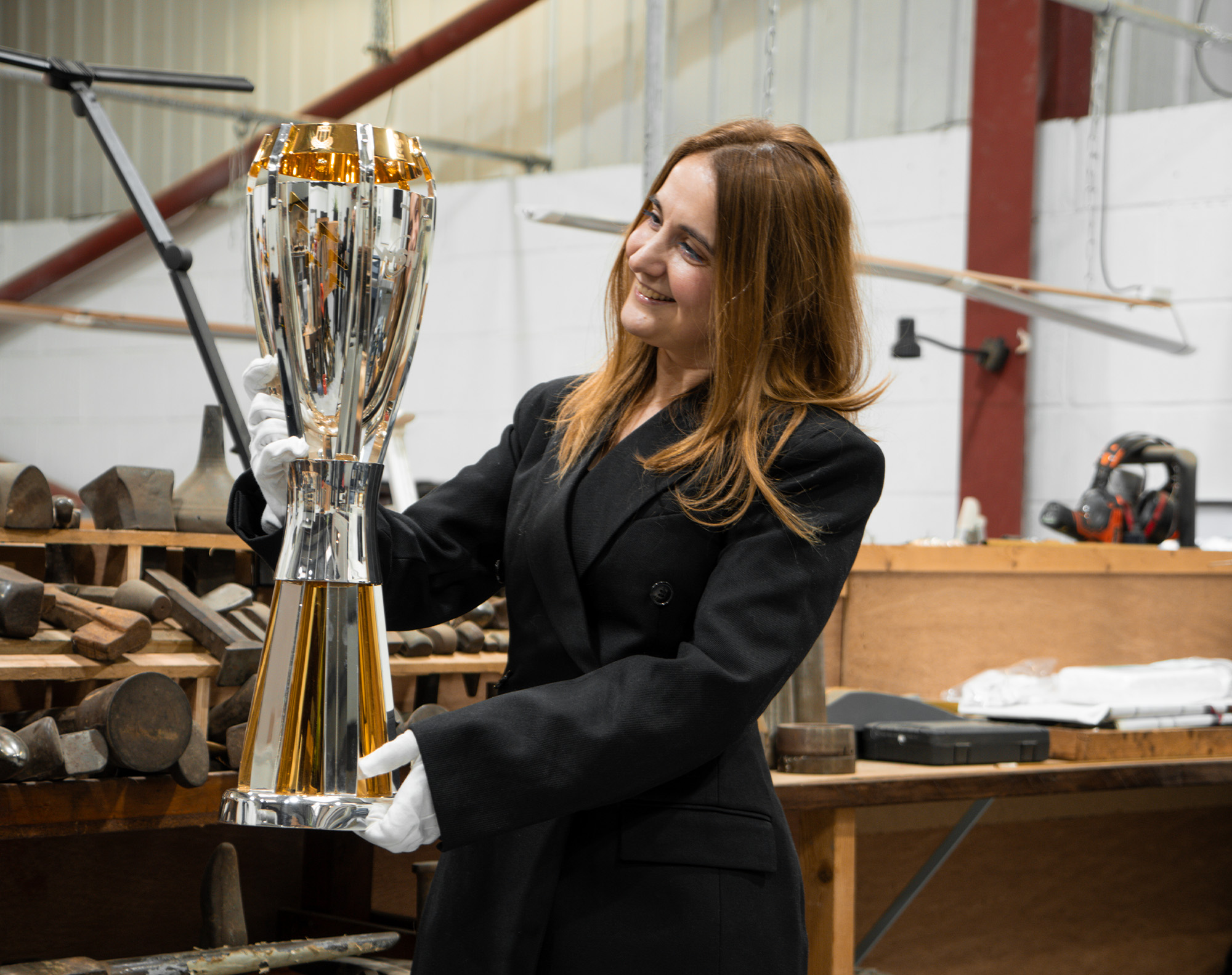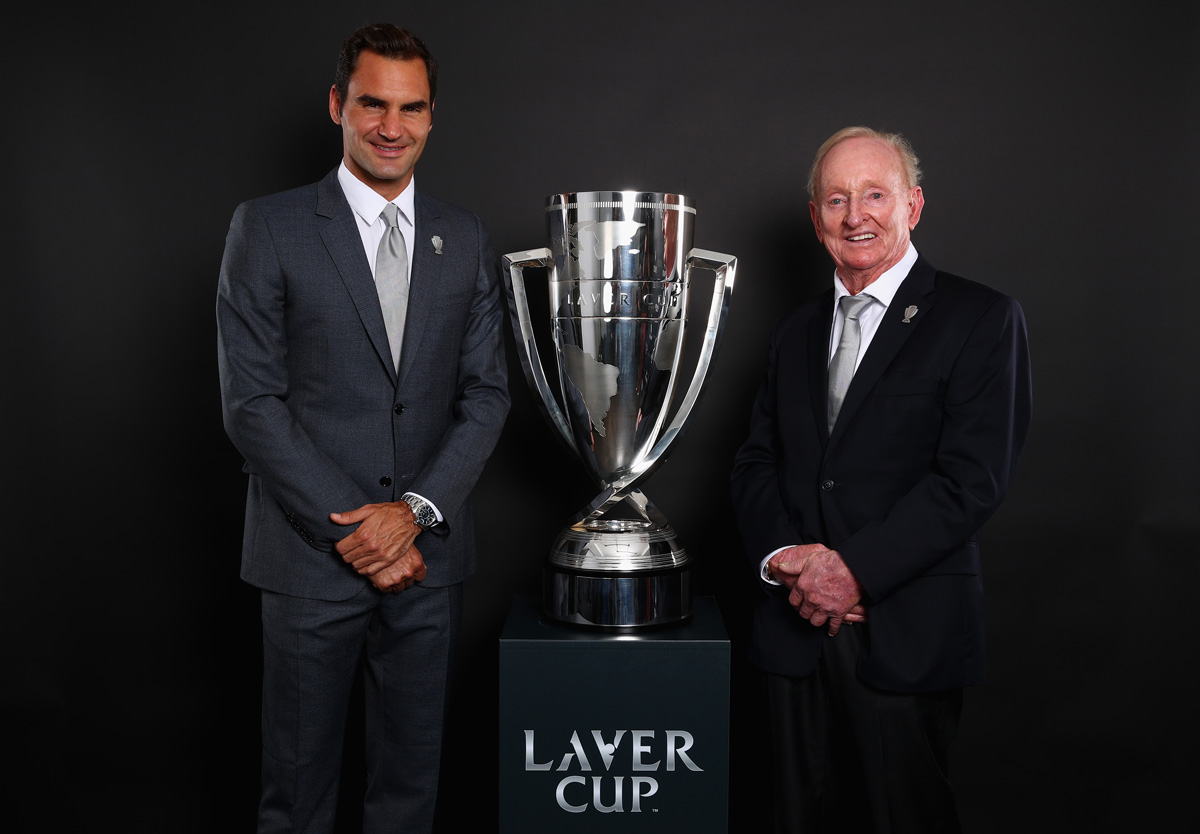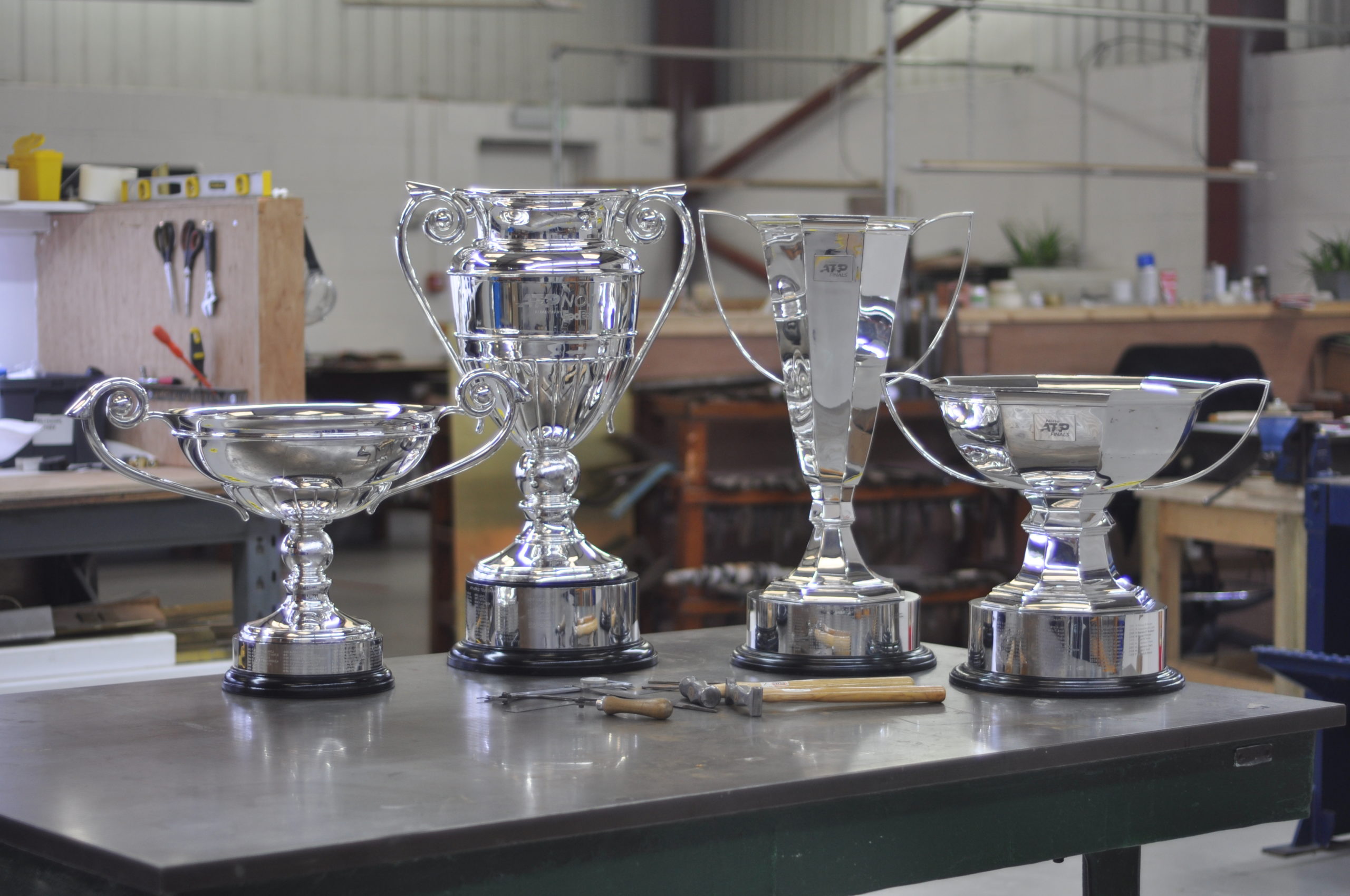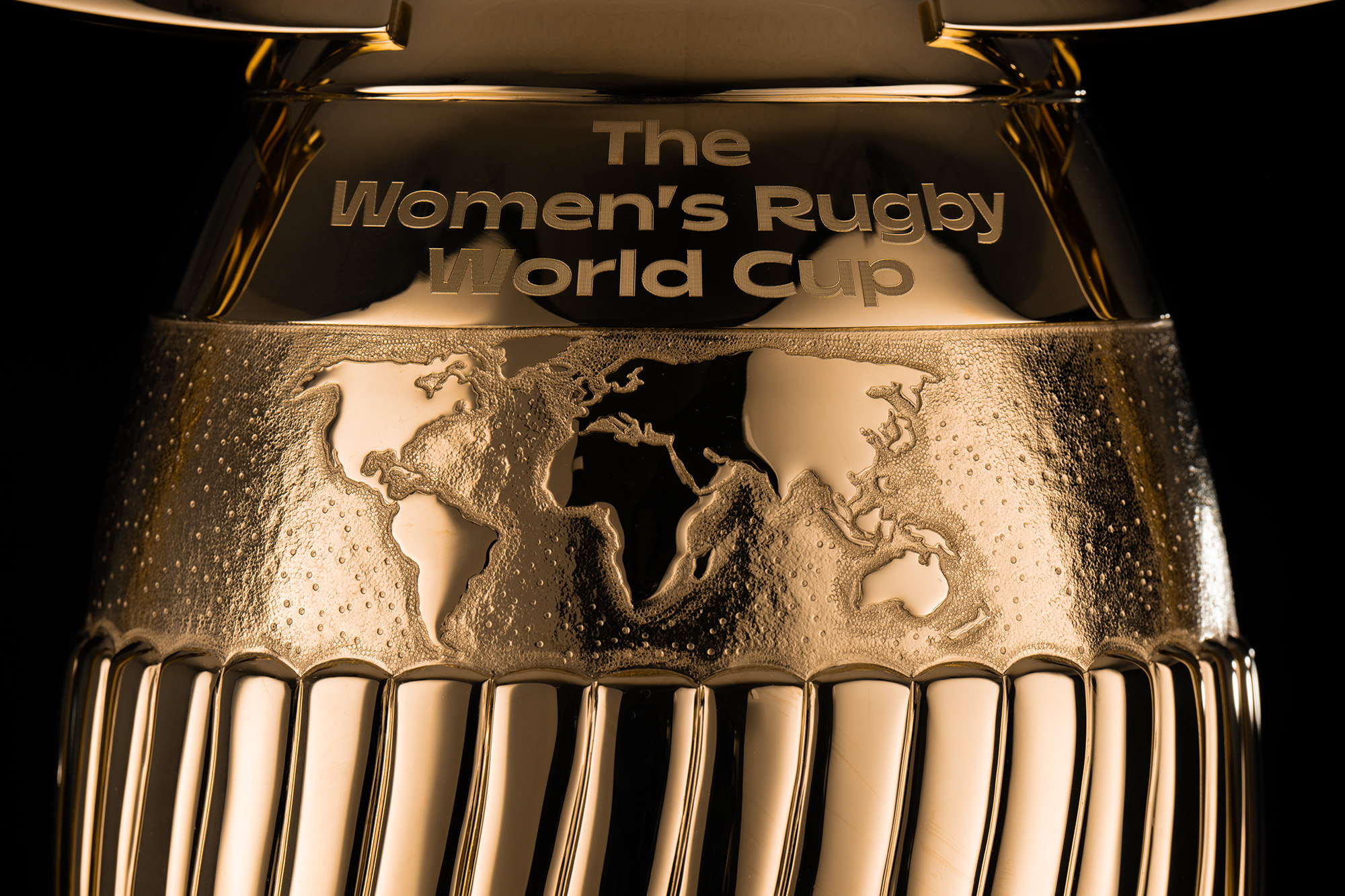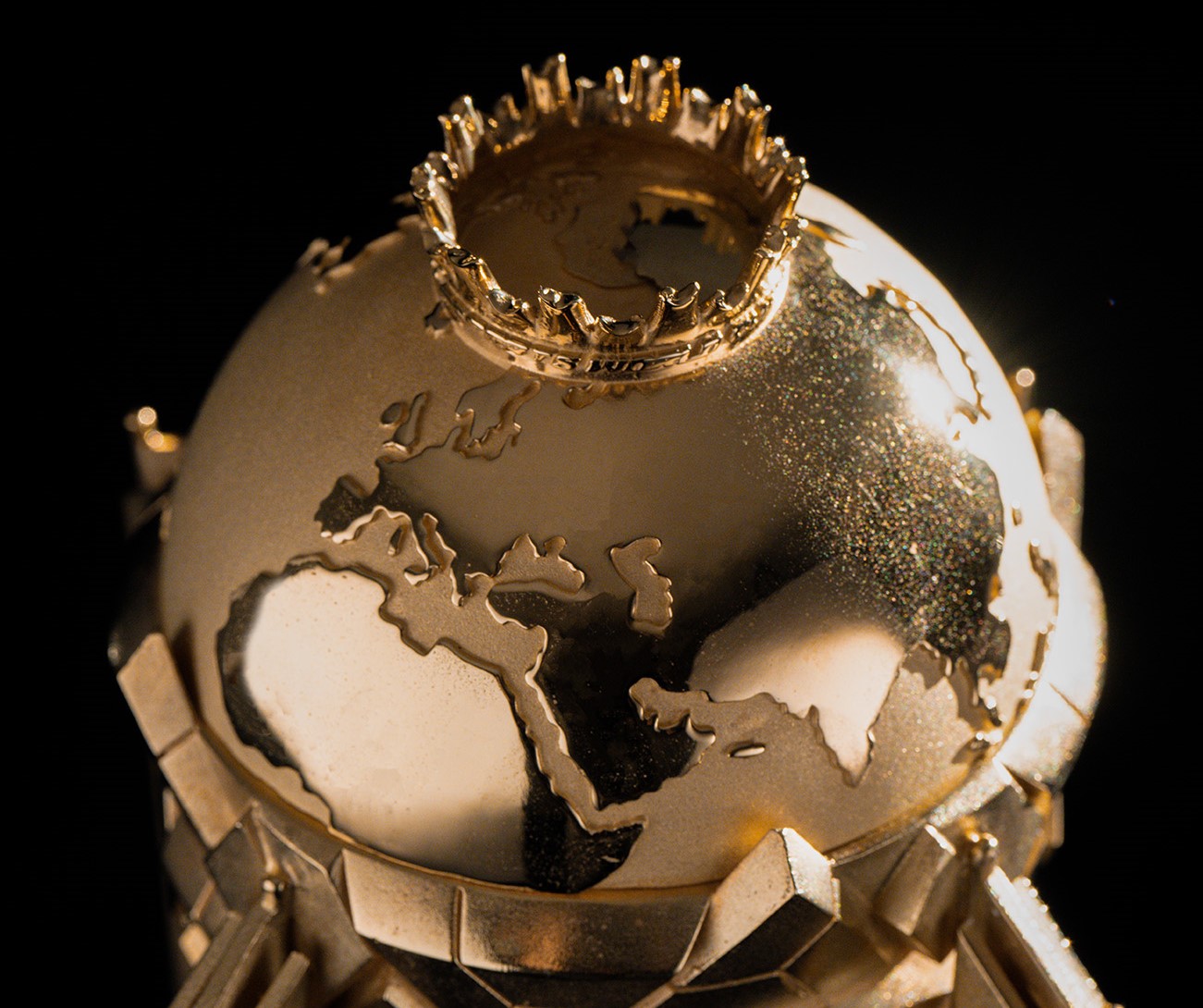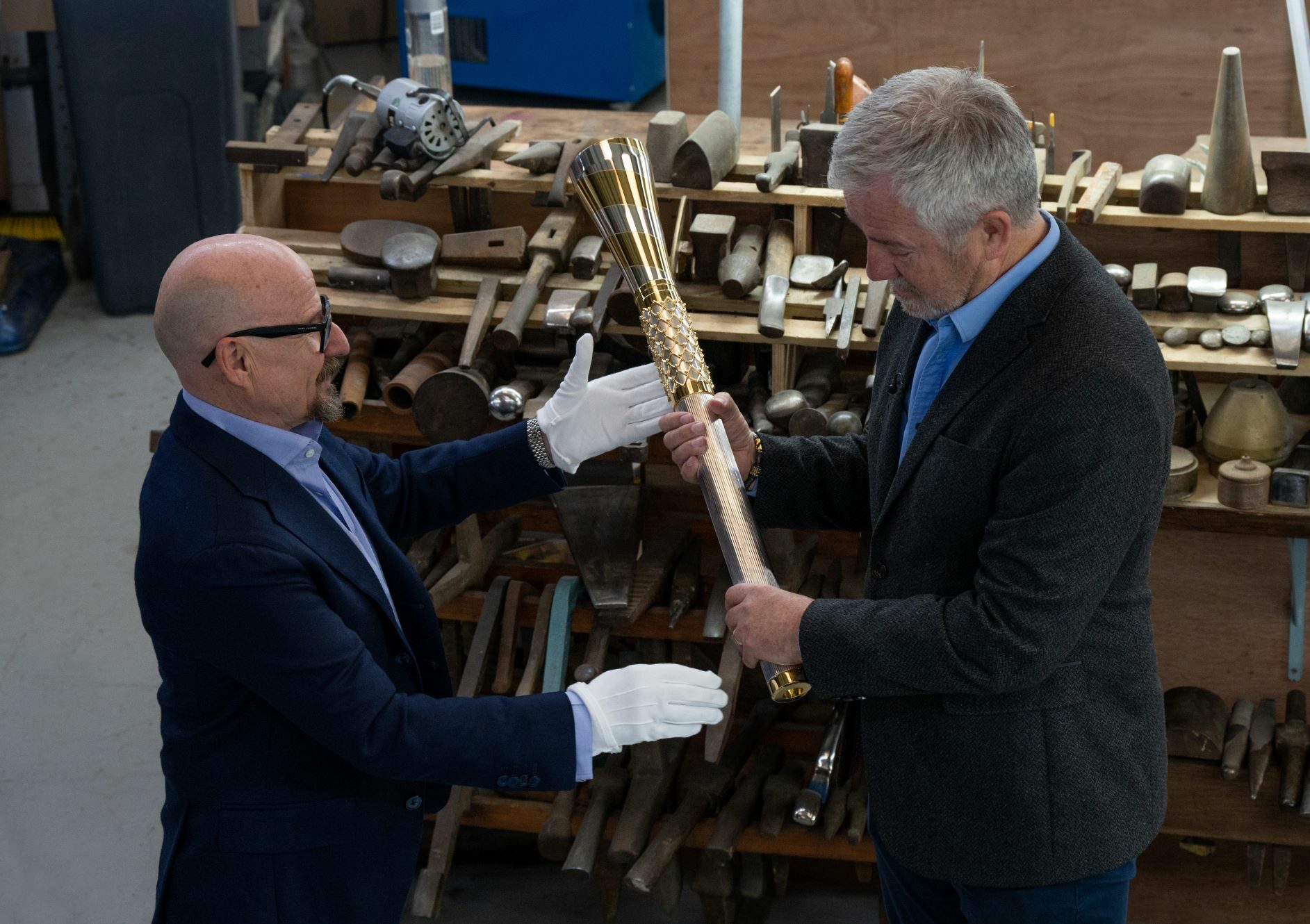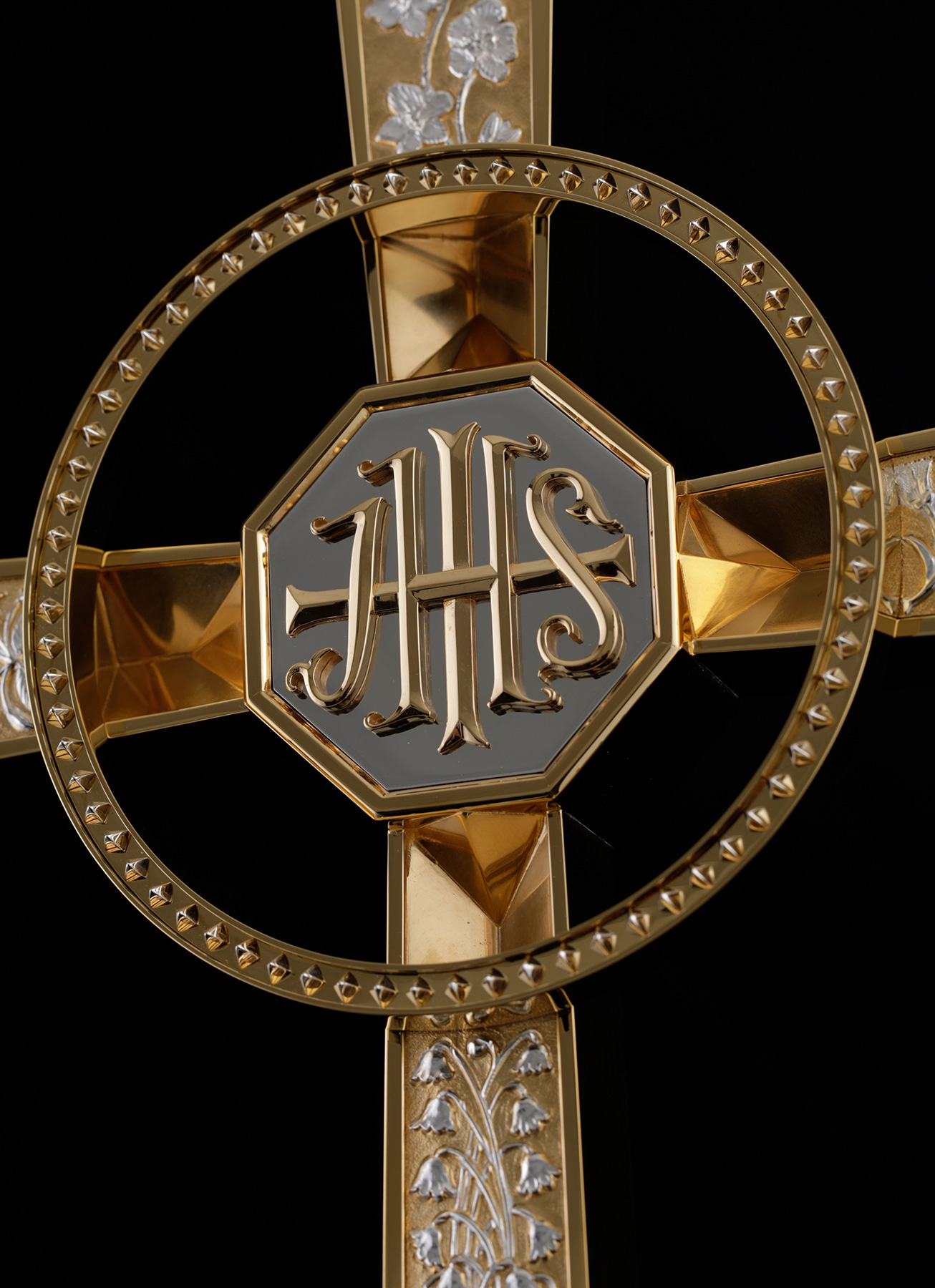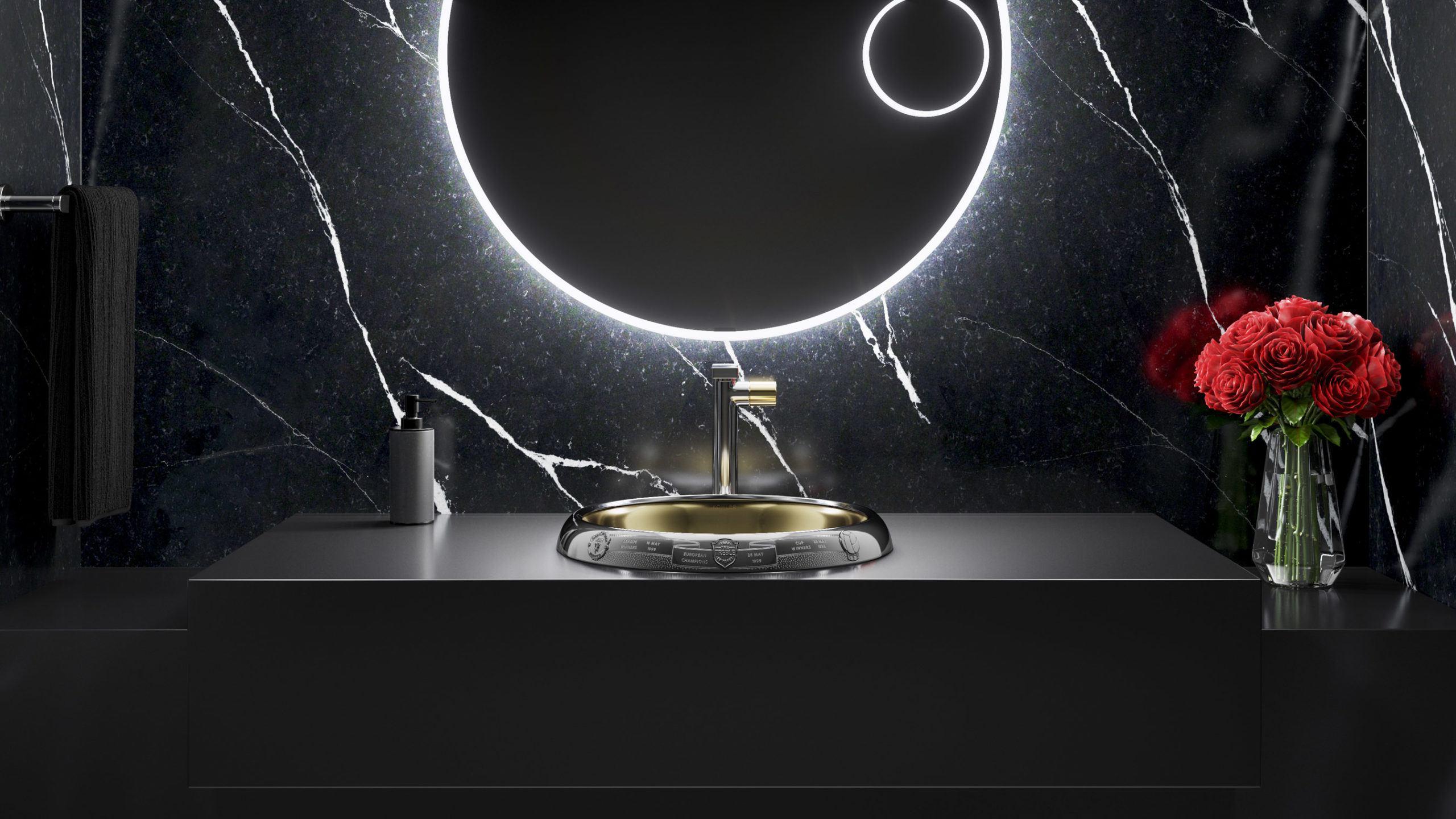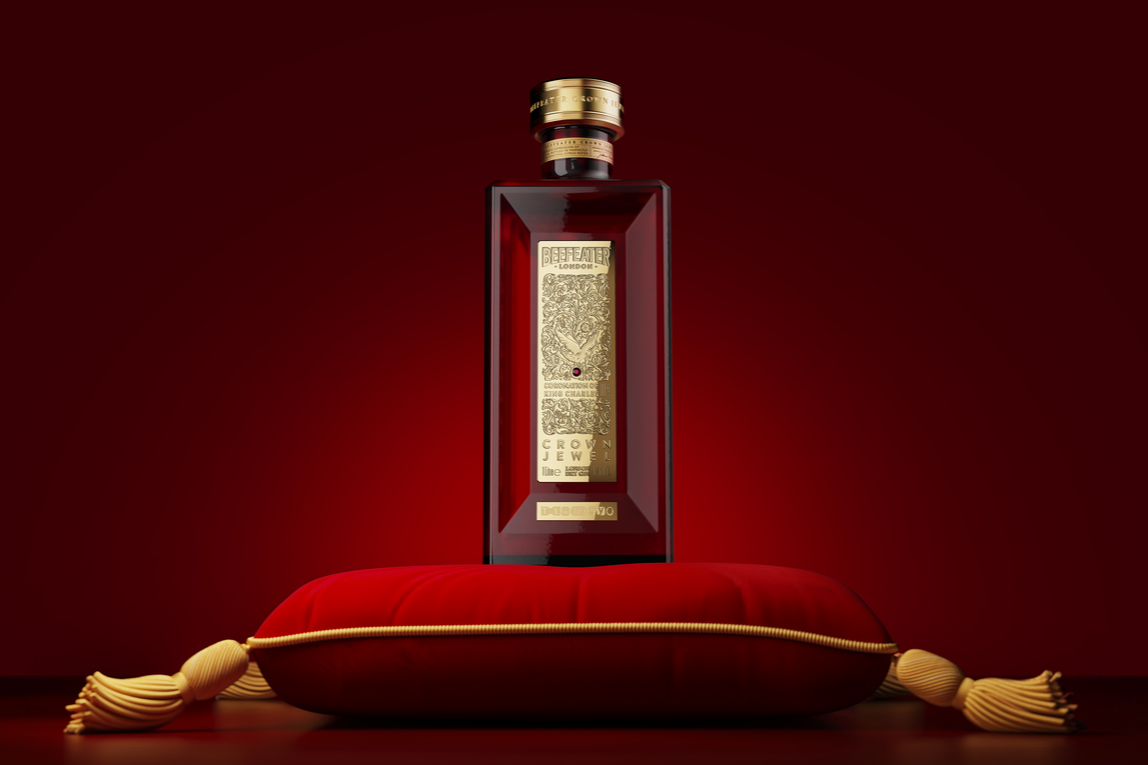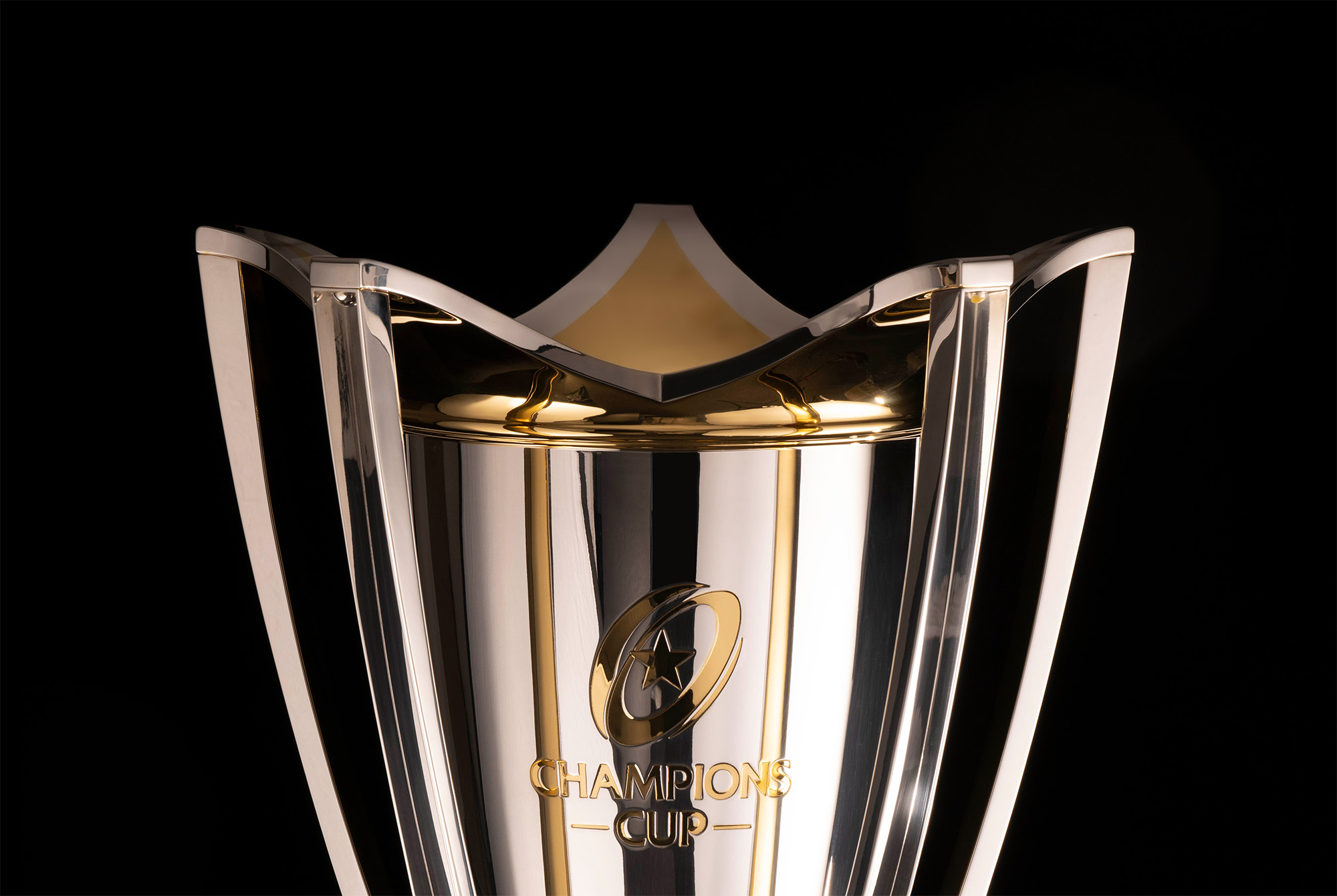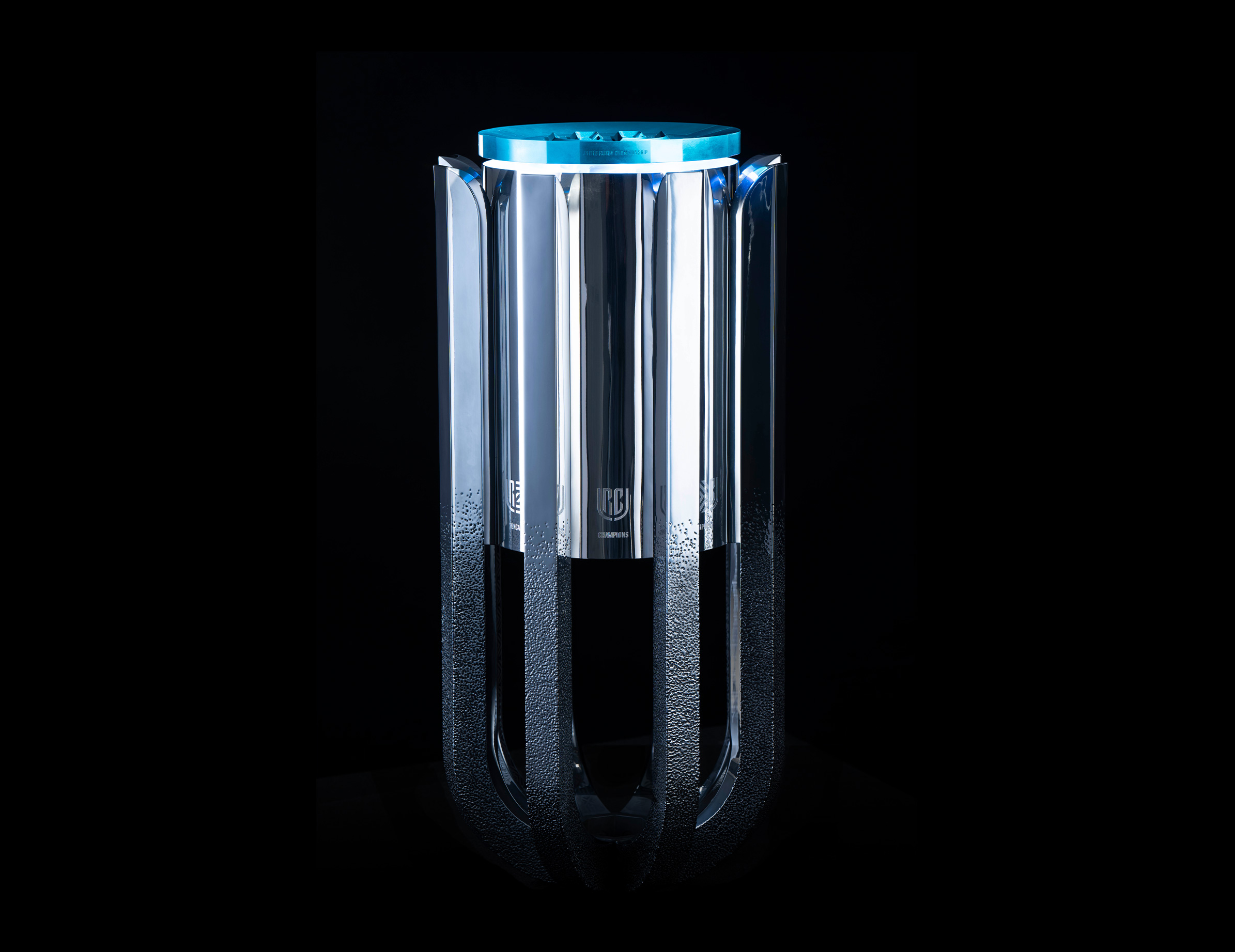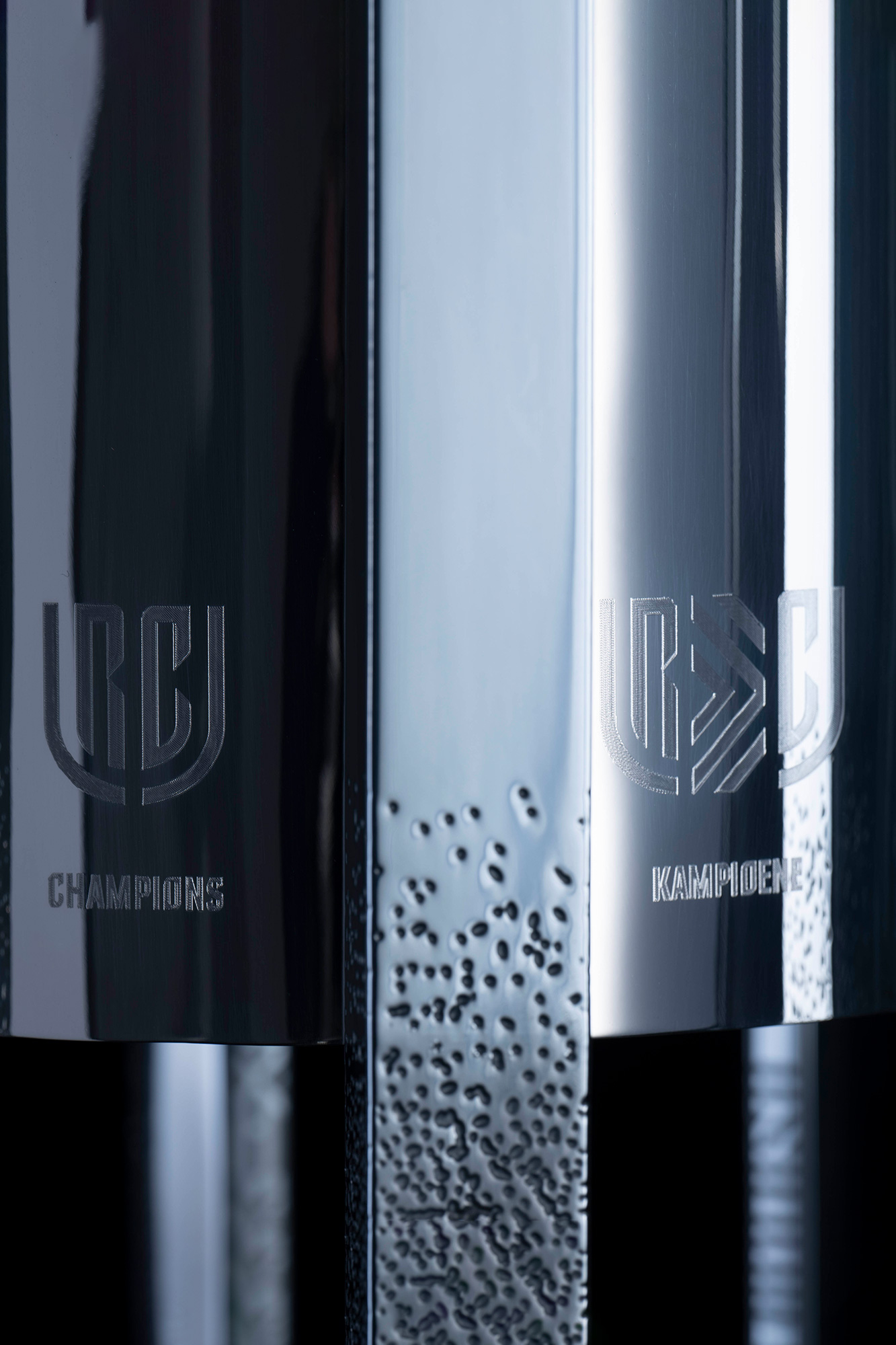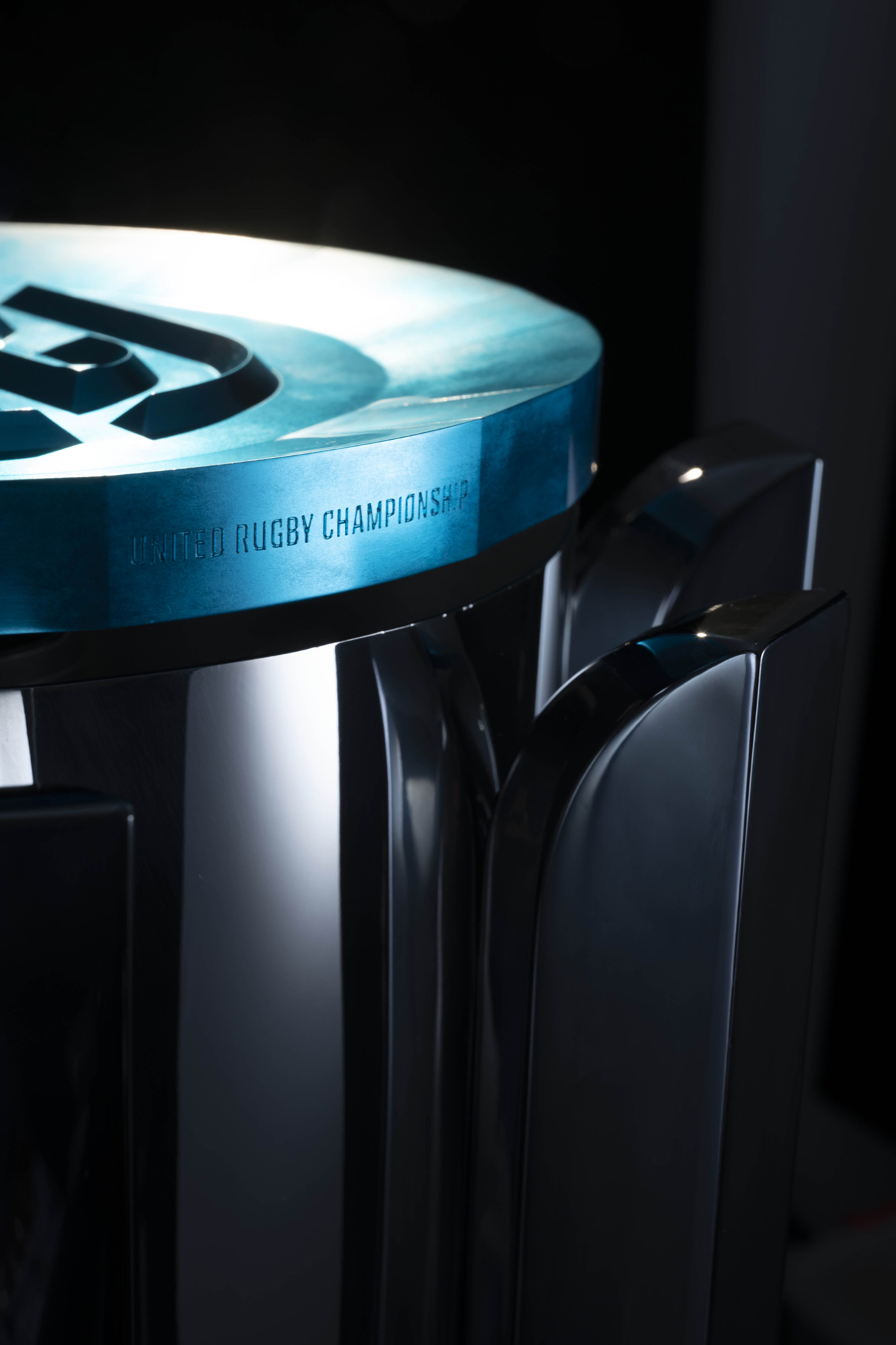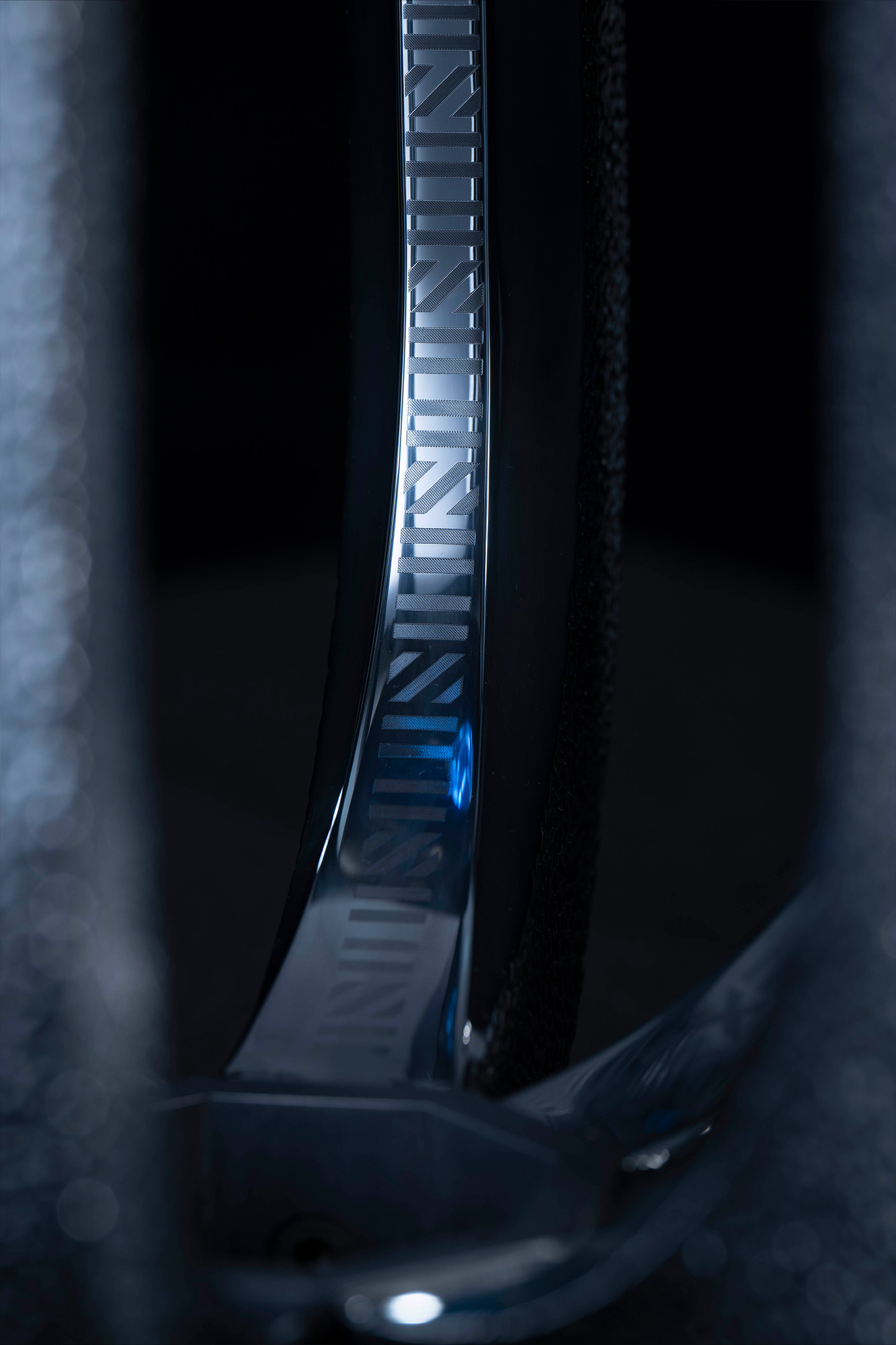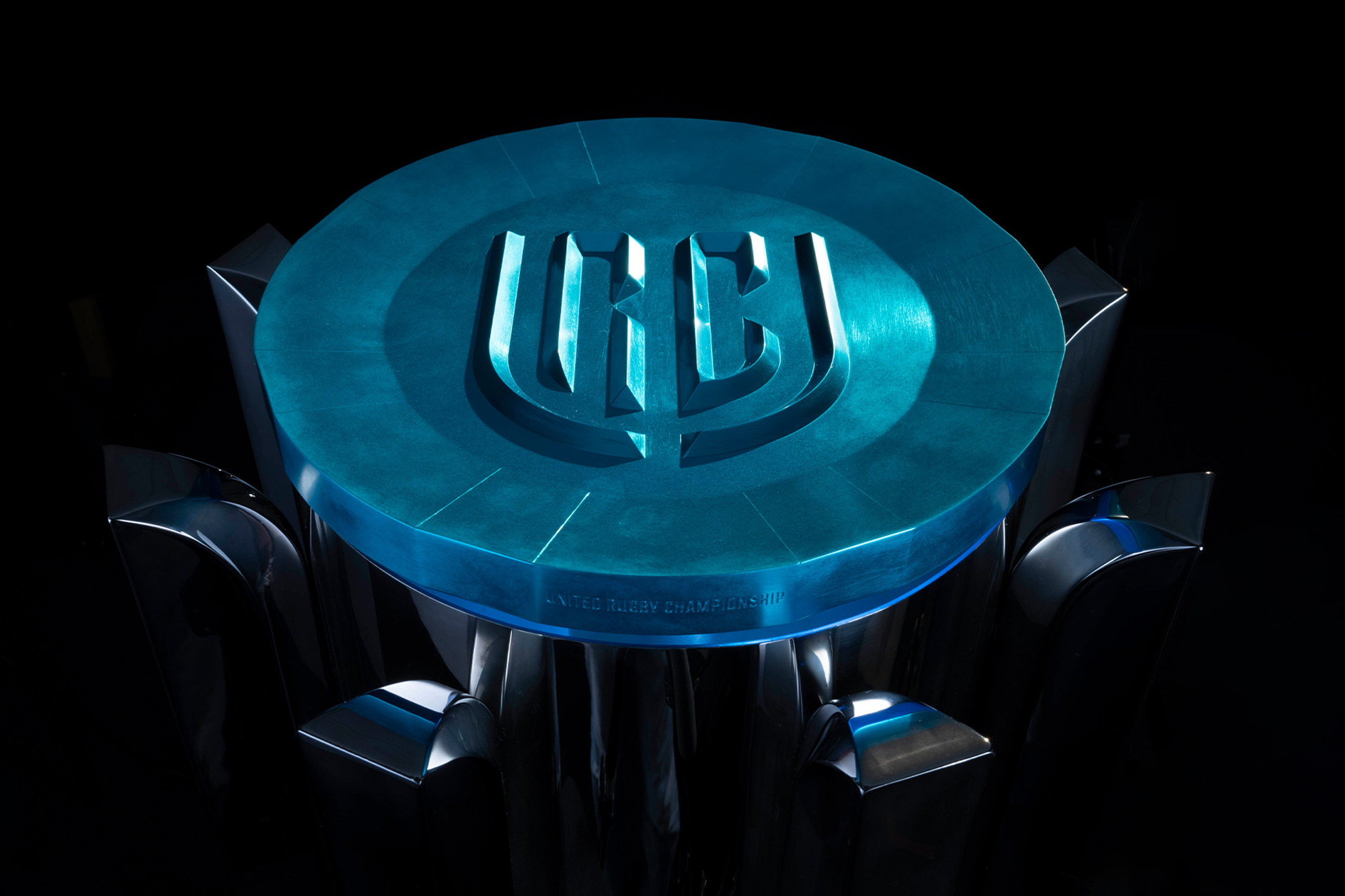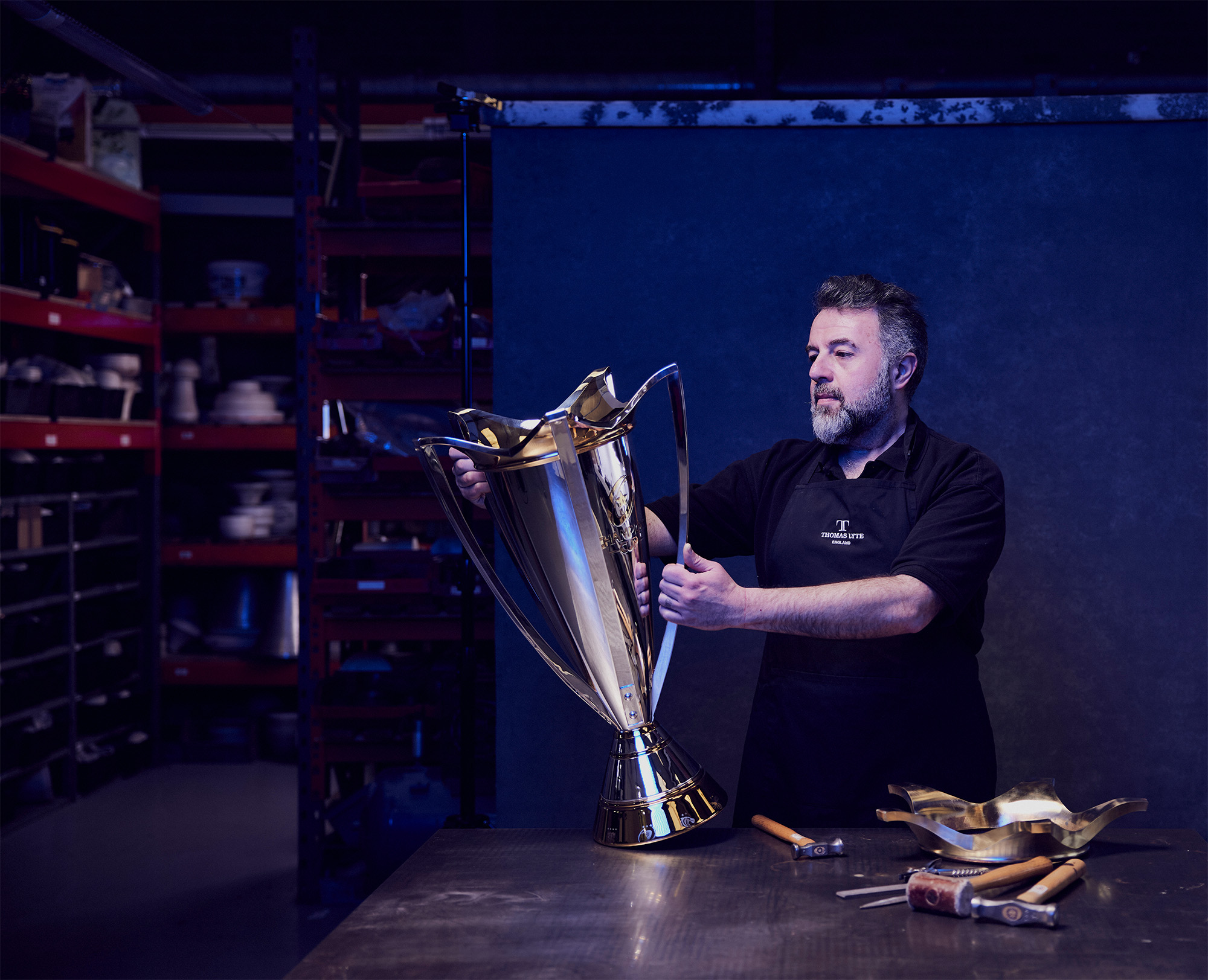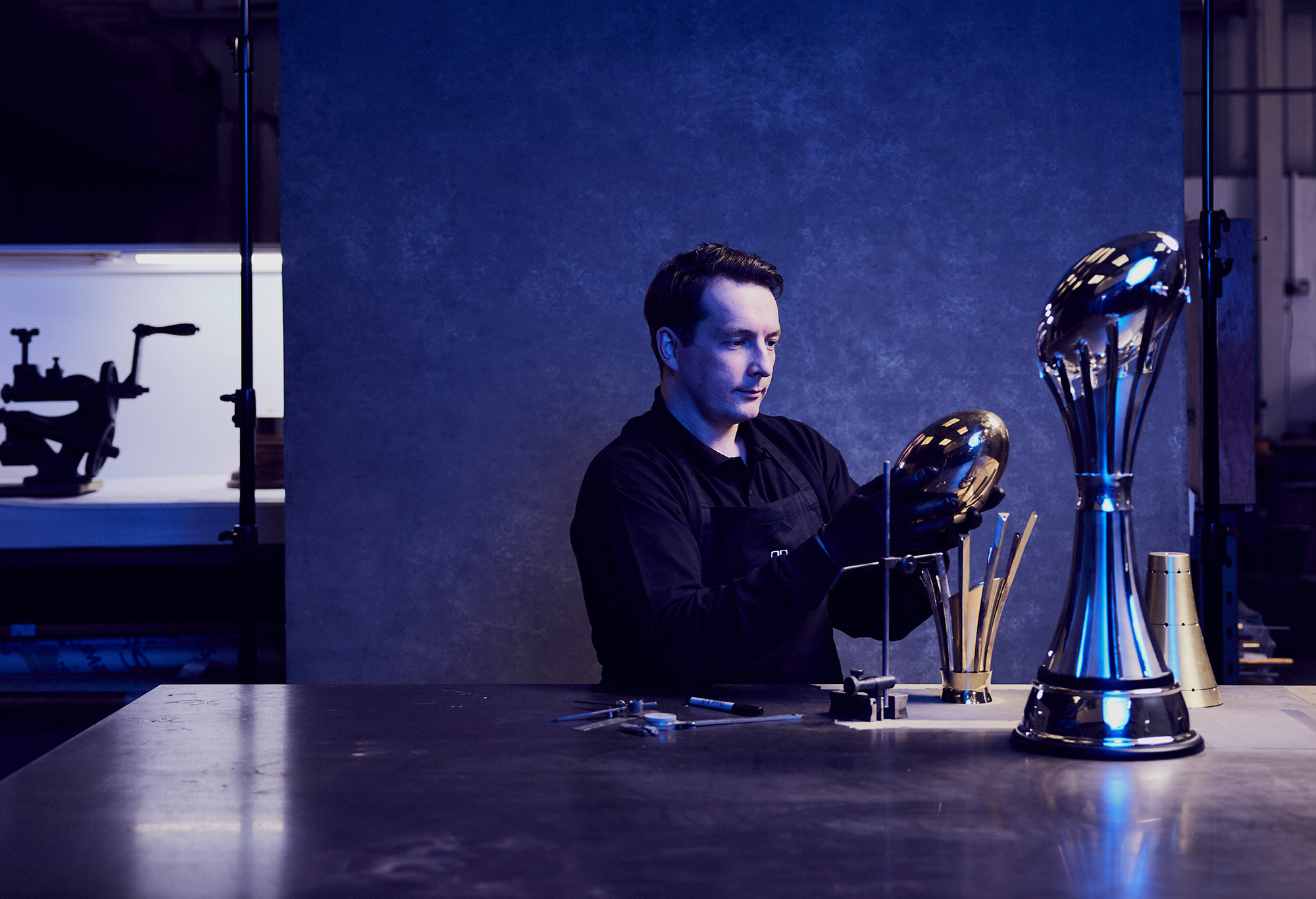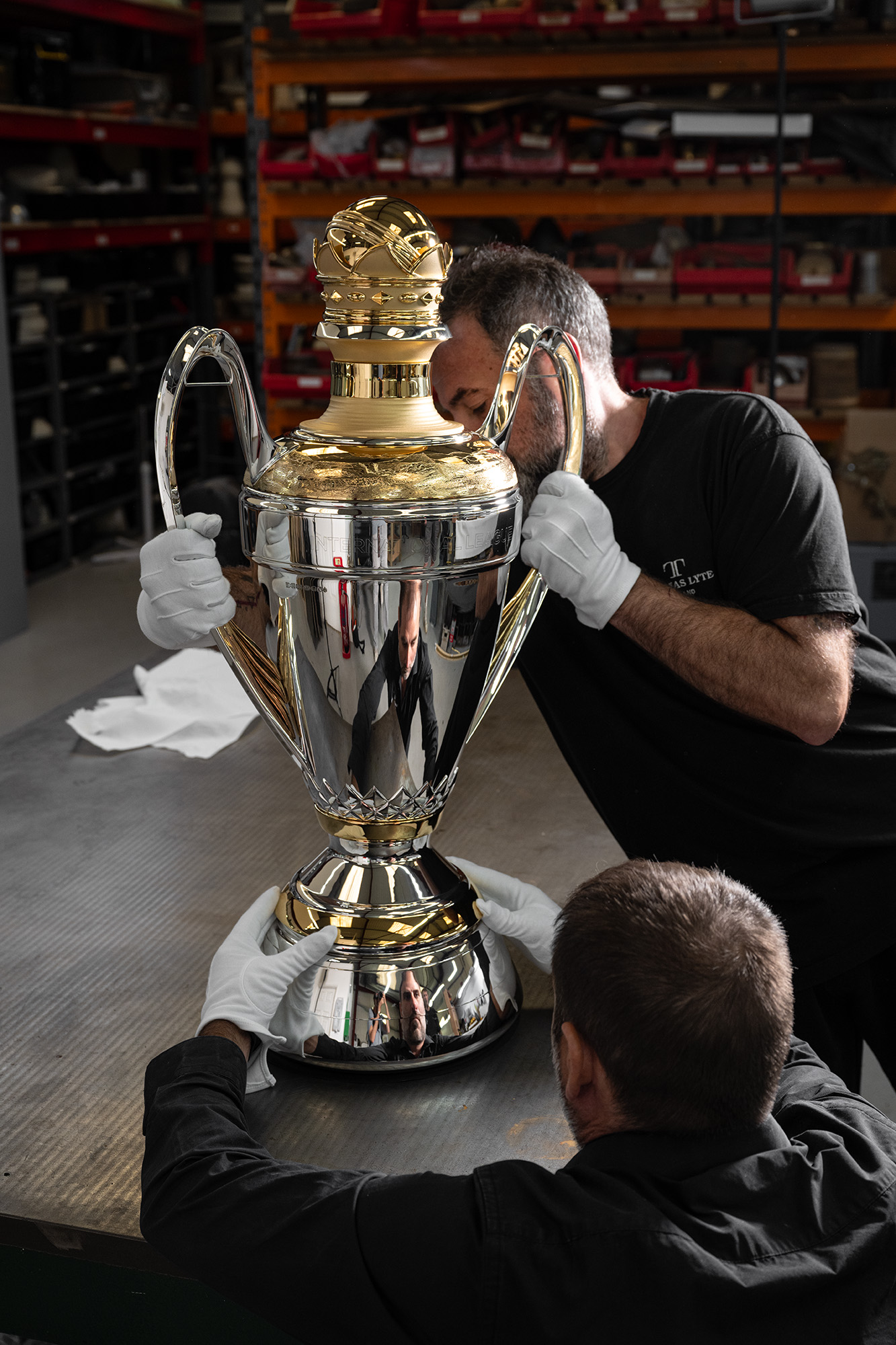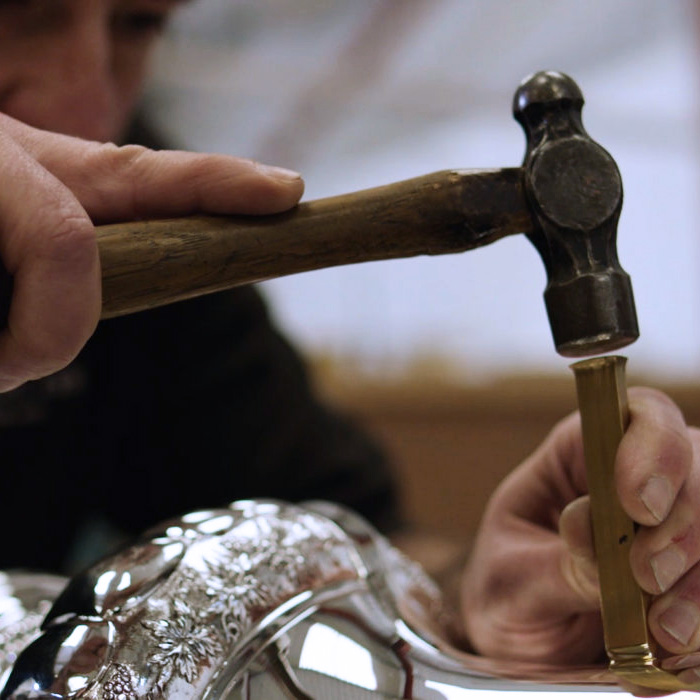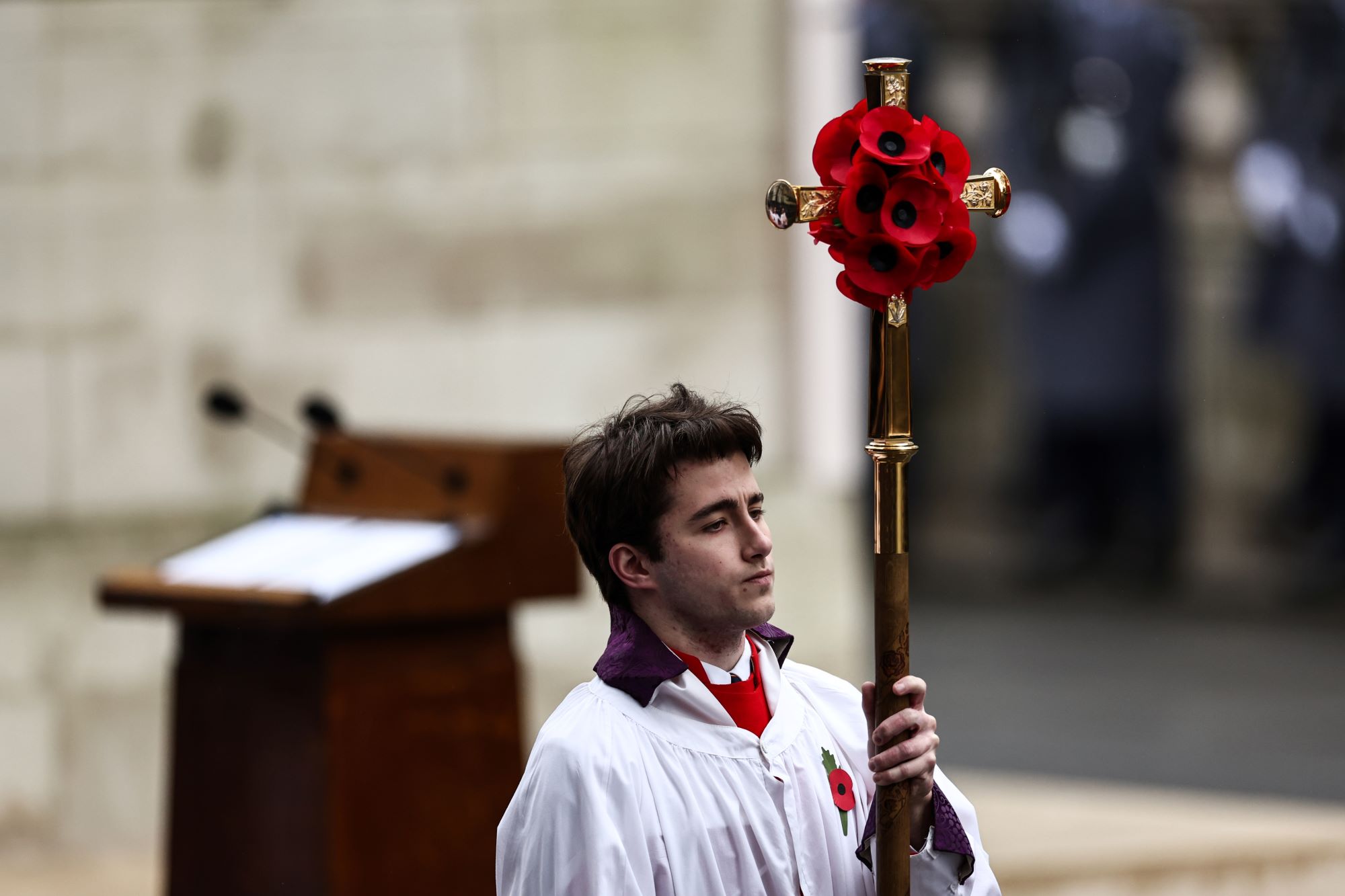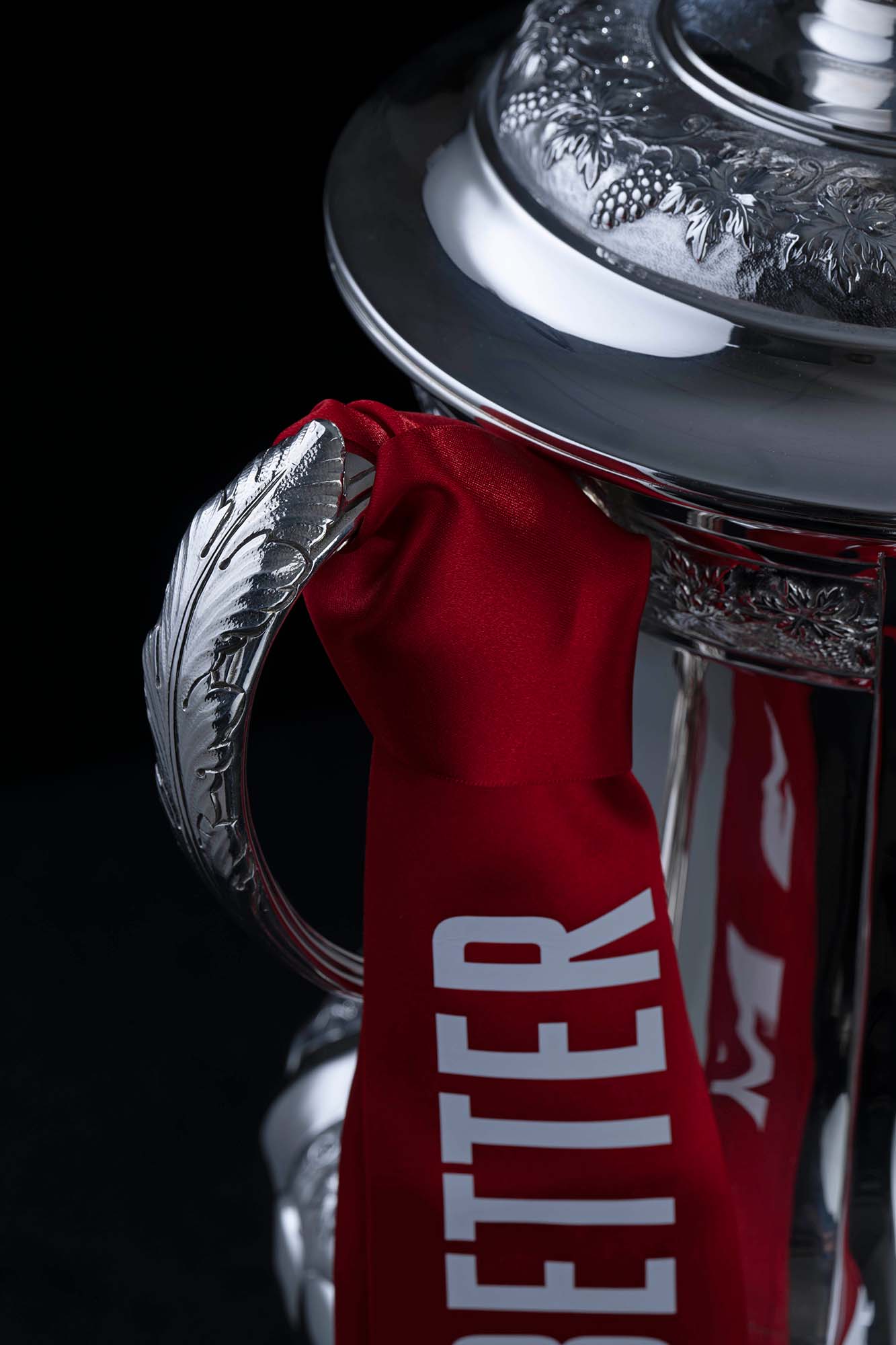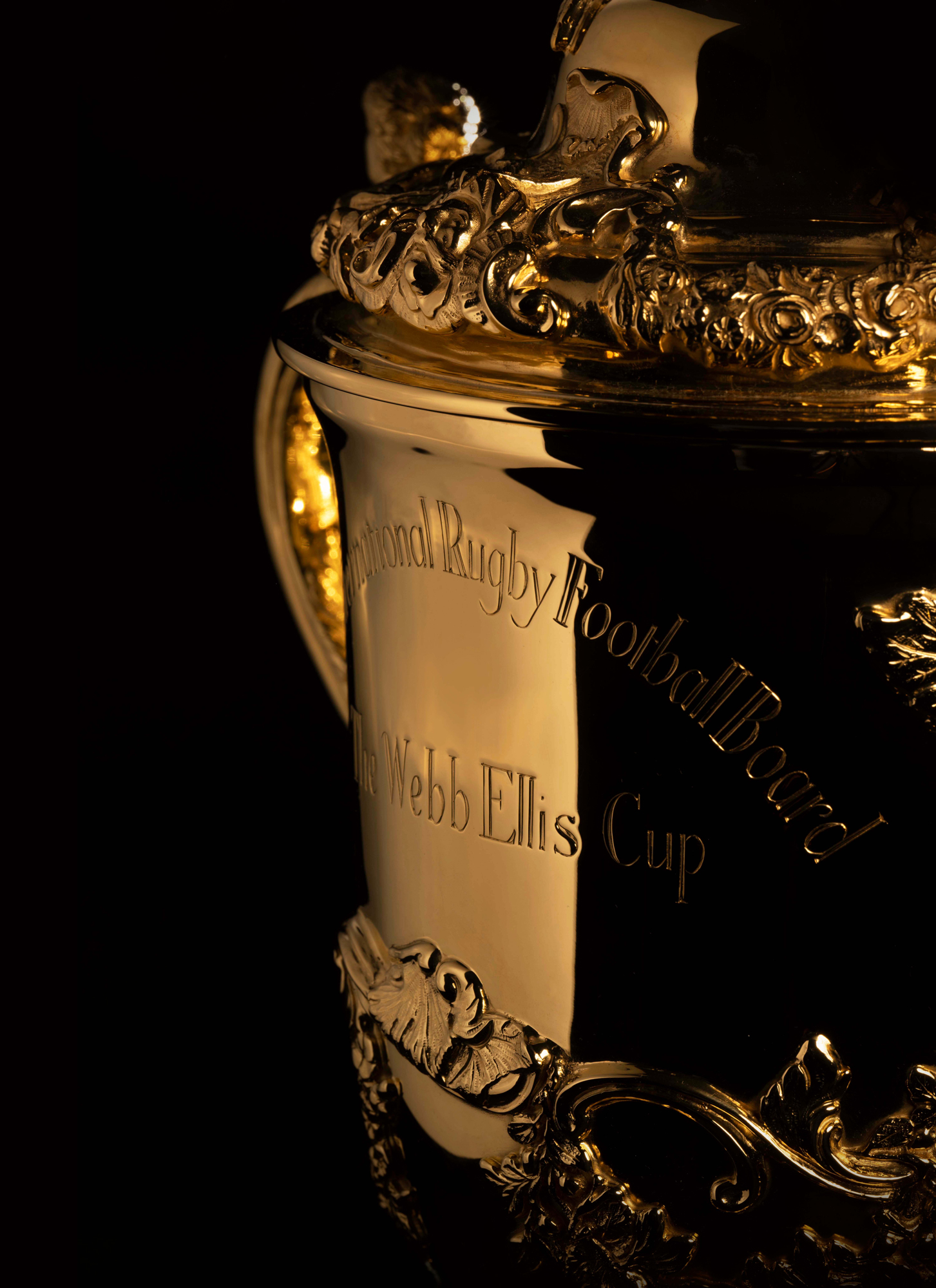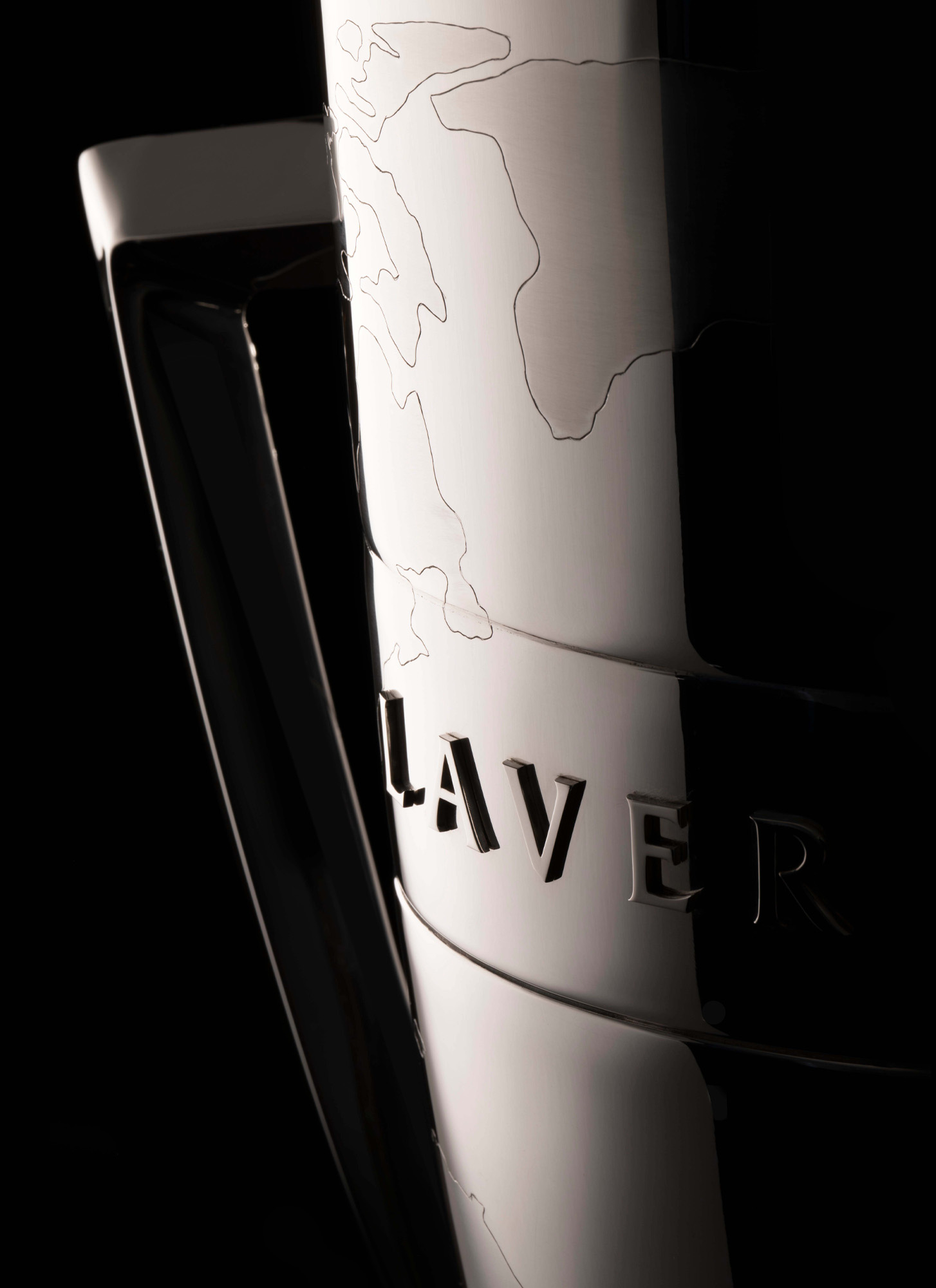Showcasing three thrilling rugby trophy grand finals in one week, that each boast exquisite Thomas Lyte-made silverware
This year is significant for world rugby, with the World Cup approaching. However, all attention will be on Dublin this weekend as four teams compete for the top European rugby titles. Afterward, the focus shifts to Cape Town for the United Rugby Championship Grand Final, marking the culmination of the 2022/23 domestic season.
Dublin is a party town at the best of times, but this weekend there will be a particular buzz as rugby lovers from across Europe descend on the Irish capital for a weekend that’s ear-marked by thousands as soon as the final’s weekend date and location is announced.
Last year, the European Rugby Champions Cup and the EPCR Challenge Cup finals took place on the French Riveria, as Marseille’s Stade Velodrome played host to both matches.
It was a triumphant weekend for the host nation, with Lyon winning the latter and La Rochelle being crowned the Kings of European club rugby, beating Leinster courtesy of a last-minute conversion by New Zealand’s Ihaia West.
![baton of hope mike mccarthy recieves baton from Thomas Lyte]() A Symbol of Hope for the UK
A Symbol of Hope for the UK![Designers Makers Of The Queen Elizabeth II Platinum Jubilee Processional Cross 3 1306x1800]() Culture Round-Up: 2022 and the Queen Elizabeth II Processional Cross
Culture Round-Up: 2022 and the Queen Elizabeth II Processional Cross